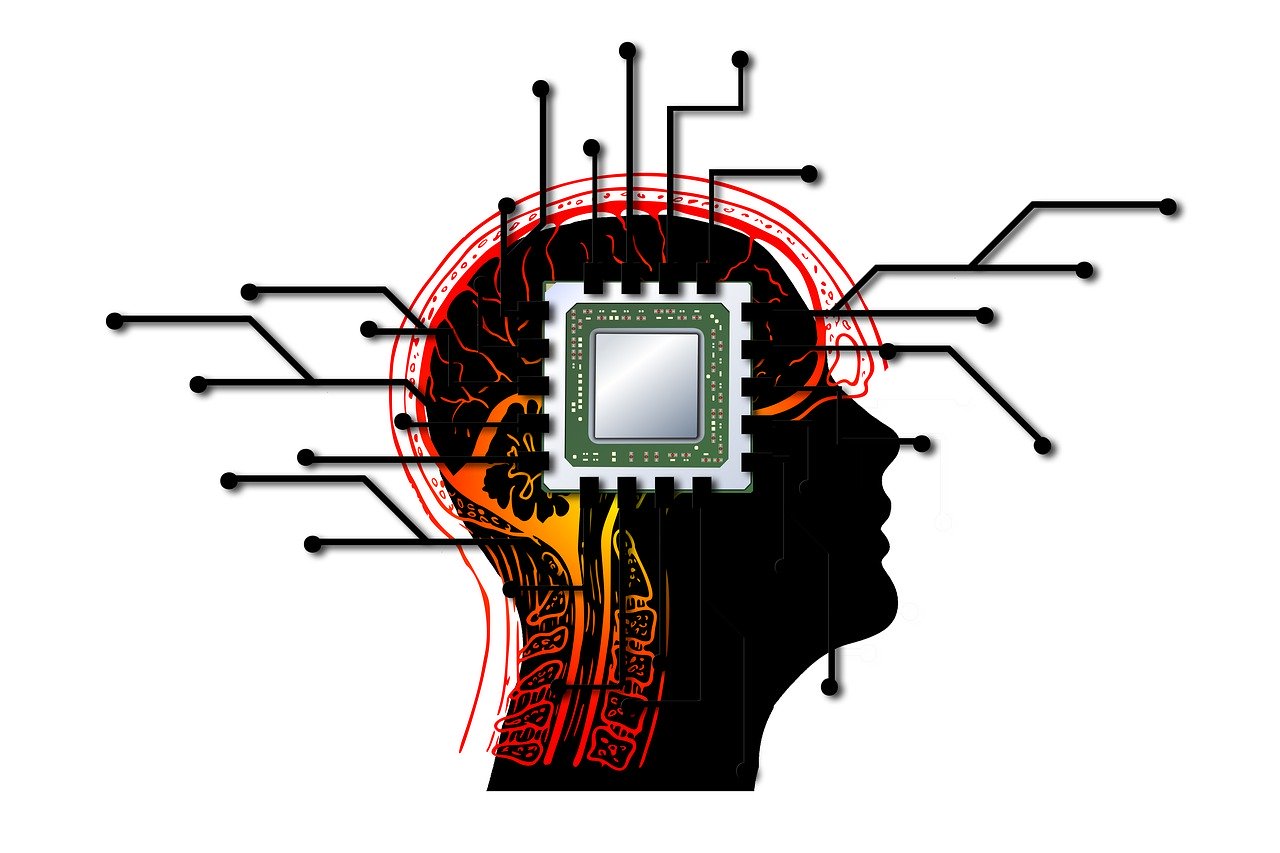Software Engineer Installed Microchips into His Hands, Opens His Tesla with a Finger

People seem to be scared of the idea of Cyborgs. Enhancing our bodies with technology makes us ask some existential questions and cringe at the thought. That said, some argue that we are already doing that. Our smartphones are almost always in our hands, helping in various ways. You can navigate with your smartphone, pay with NFC, and answer all questions. Now, though, there is a guy that can do most of those things with his fingers.
There is nothing magical in what Ben Workman does, though. He was brave enough to install microchips in his hands so he can control various things on the outside. The most interesting one is probably the Tesla key. Yes, Ben placed the chip of his Tesla’s key into the pinky finger so he can unlock his vehicle without ever reaching for the key.
Workman also installed a magnet to, well, lift stuff made from iron or steel. Furthermore, he also has RFID and NFC chips to control various things. Workman is a software engineer, which means that it’s easy for him to replace the functionality of any chip. For example, he can use the RFID chip to control smart devices and the NFC chip for connecting to smartphones and copying their data.
“If I have a router and I have its configuration, I can send that configuration to the chip. I can configure a Wi-Fi network automatically,” stated Workman for ABC News.
That said, while this certainly sounds cool, Workman says that there is a pain involved when he installed the microchips. That said, while Ben feels that there is something under his skin, he doesn’t feel a lot of pain while he uses the hand. Ben couldn’t do all of the stuff alone. For the microchip installation, he had help from his cousin, who is a phlebotomist. The Tesla key, on the other hand, was completely reworked by a company called Dangerous Things to be accepted by the body. “I had to send the valet key to a company called Dangerous Things,” Workman said. “They take the key, dissolve it in acetate, reshape it and then put a medical polymer on it.”

 Tech Steel & Materials
Tech Steel & Materials